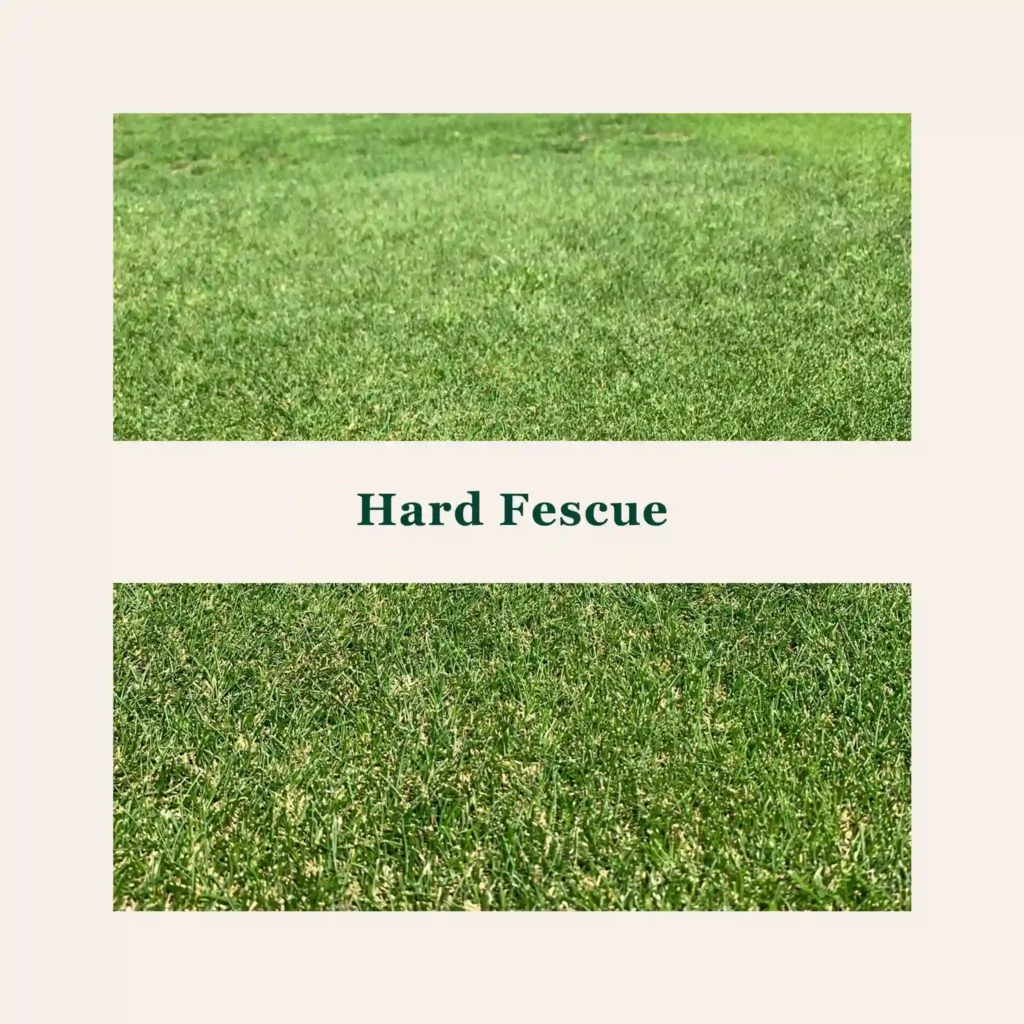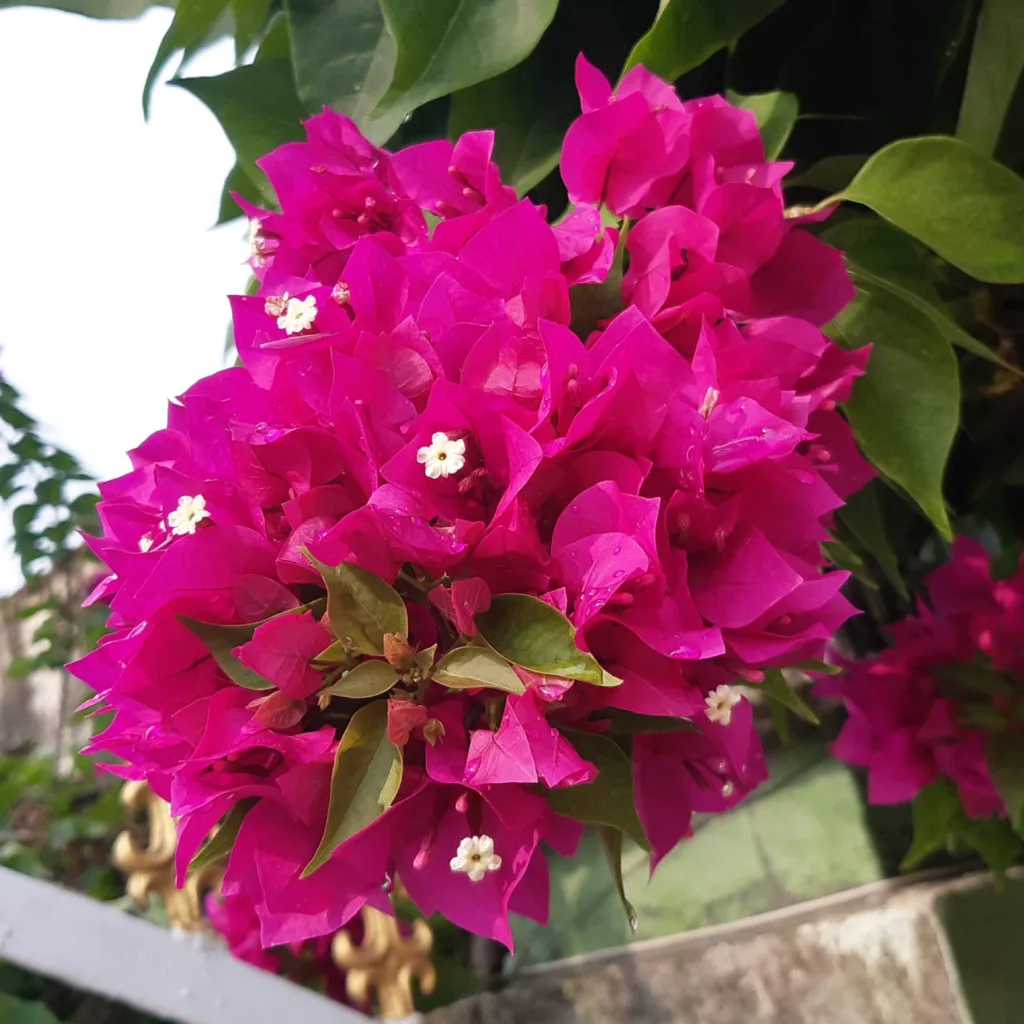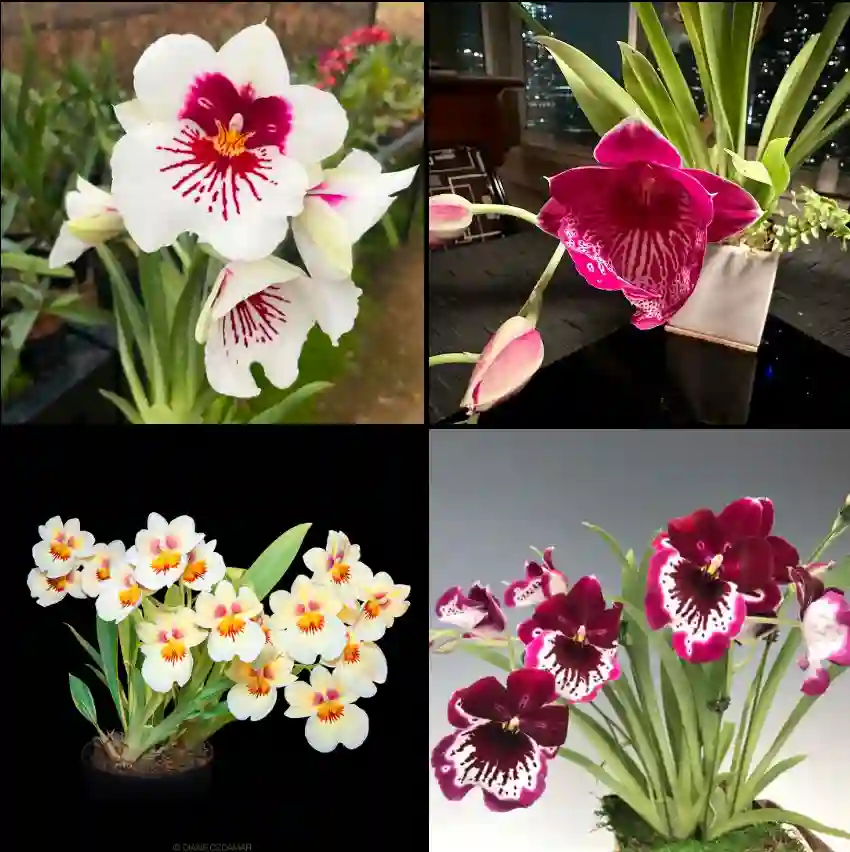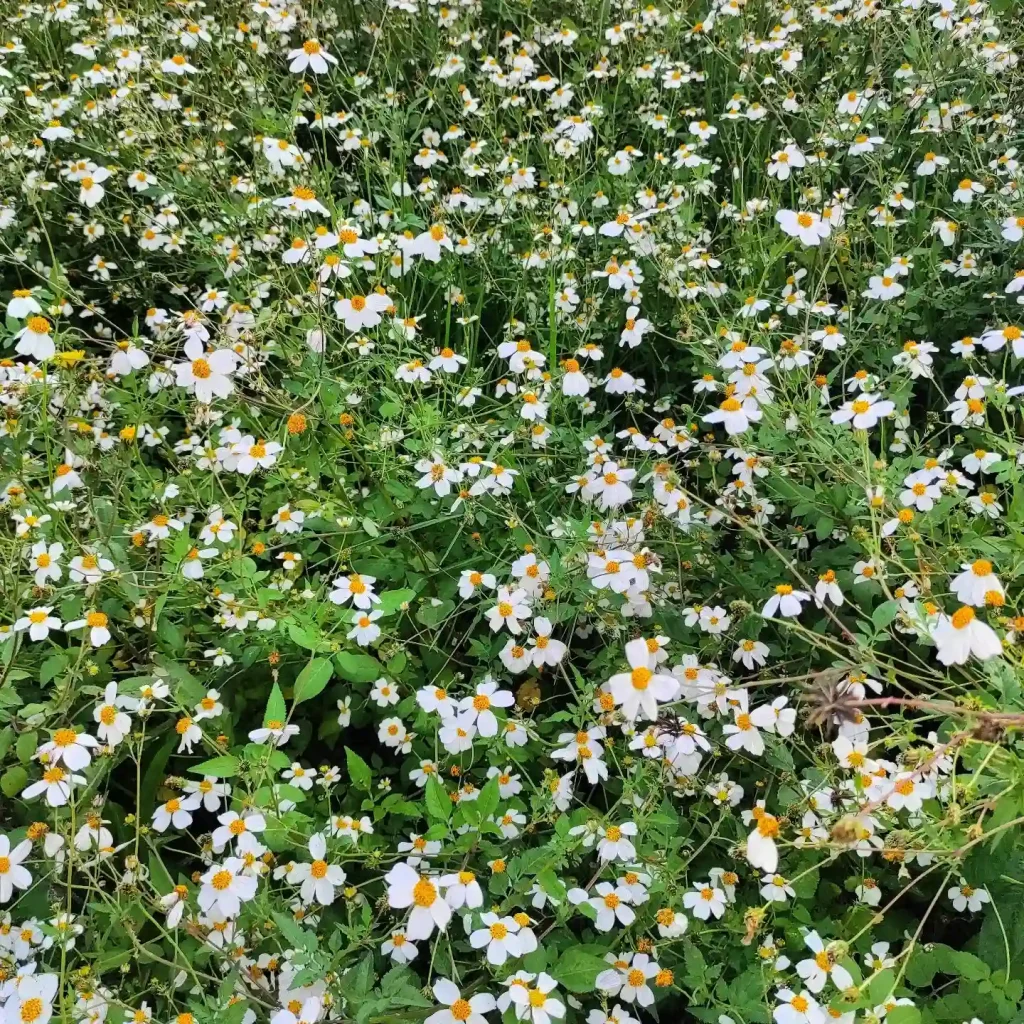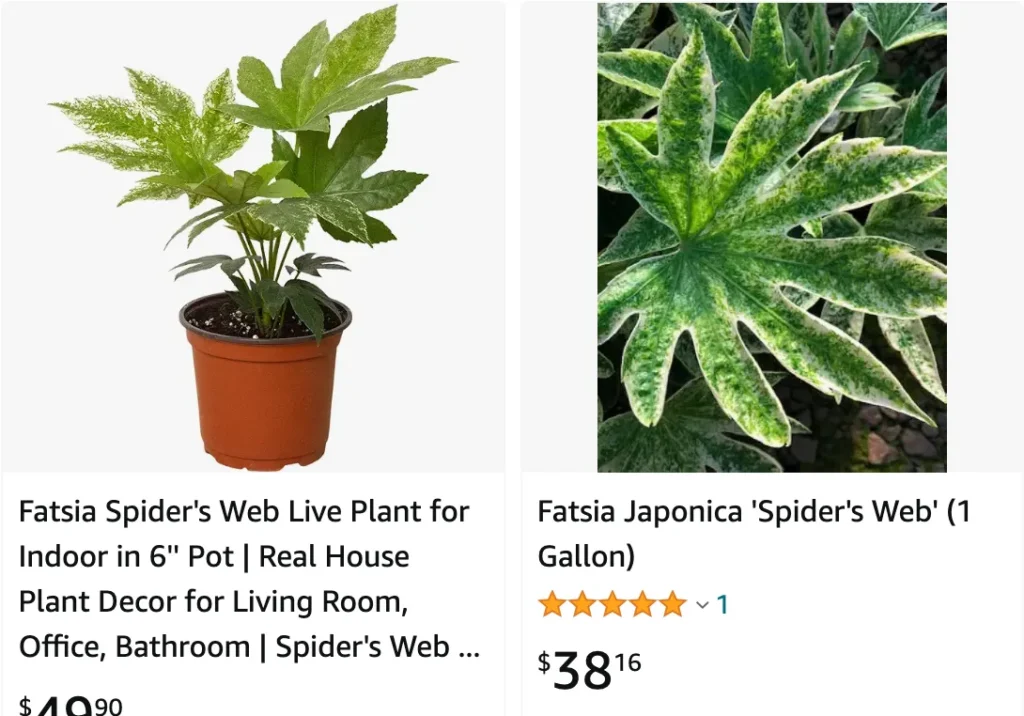
Fatsia Spider Web: Your Guide to This Stunning Variegated Delight
Hi, Ferb Vu here. I’m a plant enthusiast with a passion for unique and beautiful foliage. Today, I want to delve into the world of the Fatsia Spider Web, a captivating member of the Araliaceae family.
This plant isn’t your average houseplant. Its stunning variegated leaves, resembling a spider’s web, have captured the hearts of many indoor gardeners. But before you rush out and buy one, let’s explore some frequently asked questions about the Fatsia Spider Web.
3 Species in Genus Fatsia
What is a Fatsia Spider Web?
The Fatsia Spider Web (Fatsia japonica ‘Spider Web’) is a cultivar of the popular Fatsia japonica, also known as the Japanese Fatsia or Castor Aralia. This specific variety boasts beautiful green leaves splashed with creamy white markings, creating a mesmerizing web-like effect.
How Does it Differ from a Regular Fatsia japonica?
The key difference lies in the foliage. The regular Fatsia japonica features lush, deep green leaves. The Spider Web, on the other hand, boasts a vibrant green base adorned with creamy white variegation. This creates a striking contrast and adds a touch of elegance to any indoor space.
Is the Fatsia Spider Web Easy to Care For?
Absolutely! This low-maintenance plant thrives on neglect (well, almost). Here’s what you need to know:
- Light: The Fatsia Spider Web prefers bright, indirect sunlight. Avoid harsh, direct sun, which can scorch the leaves.
- Water: Water thoroughly when the top inch of soil feels dry. Don’t let the plant sit in soggy soil, as this can lead to root rot.
- Soil: Use a well-draining potting mix with good aeration. A mixture of potting soil, perlite, and orchid bark works well.
- Temperature: This plant thrives in average room temperatures between 60-75°F (15-24°C). Avoid placing it near cold drafts or heat vents.
- Humidity: While not strictly necessary, moderate humidity levels can benefit your Fatsia Spider Web. Grouping plants together or using a pebble tray filled with water can help increase humidity.
Does the Fatsia Spider Web Need Fertilizer?
A light feeding during the spring and summer growing season is sufficient. Use a balanced liquid fertilizer diluted to half strength.
How Big Does the Fatsia Spider Web Get?
Outdoors, the Fatsia japonica can reach heights of 10-15 feet (3-4.5 meters). However, as a houseplant, the Spider Web typically grows to a more manageable 3-6 feet (1-1.8 meters) tall.
Can I Prune My Fatsia Spider Web?
Absolutely! Pruning encourages bushier growth and helps maintain a desired shape. Prune during the spring or summer, making clean cuts just above a node (the bump where a leaf or stem joins the main branch).
How Do I Propagate the Fatsia Spider Web?
This plant can be propagated through stem cuttings. Take a 4-6 inch stem tip with a few leaves and dip the cut end in rooting hormone (optional). Plant the cutting in a pot with well-draining soil and keep it moist. With proper care, roots should develop in a few weeks.
Is the Fatsia Spider Web Toxic?
Unfortunately, yes. The leaves and berries of the Fatsia Spider Web are mildly toxic and can cause stomach upset if ingested. Keep this in mind if you have pets or small children.
Common Problems with the Fatsia Spider Web:
- Leaf yellowing: This can be caused by overwatering, underwatering, or lack of light. Adjust your watering schedule and ensure the plant receives sufficient indirect light.
- Leaf drop: Sudden leaf drop can be a sign of stress from environmental changes, underwatering, or pests.
- Pests: Mealybugs and spider mites are occasional visitors. Regularly inspect your plant and treat infestations promptly with insecticidal soap or neem oil.
Fatsia Spider Web vs. Schefflera:
Both the Fatsia Spider Web and the Schefflera (commonly called the Umbrella Plant) are popular houseplants with large, glossy leaves. However, there are some key differences:
- Leaves: The Fatsia Spider Web features variegated foliage with a web-like pattern. The Schefflera typically has solid green leaves, although variegated varieties exist.
- Growth habit: The Fatsia Spider Web has a more upright growth pattern, while the Schefflera tends to be bushier.
- Light requirements: The Fatsia Spider Web prefers bright, indirect light, while the Schefflera tolerates lower light conditions.
Conclusion
The Fatsia Spider Web is a stunning addition to any indoor space. Its beautiful variegated foliage and low-maintenance nature make it a perfect choice for plant enthusiasts of all levels. With proper care, this captivating plant will reward you with years of lush growth and visual intrigue.
If i die, water my plants!
